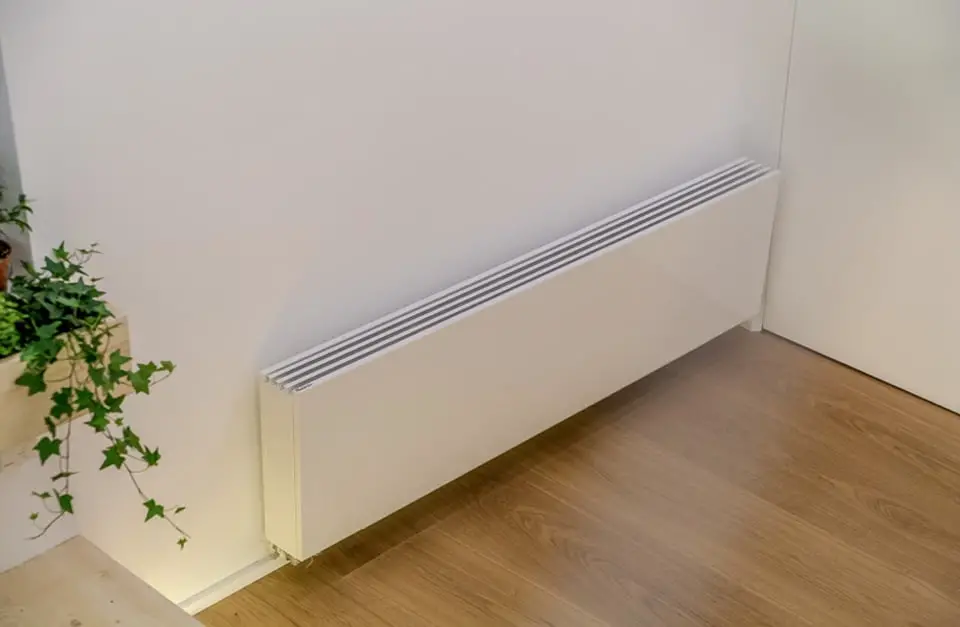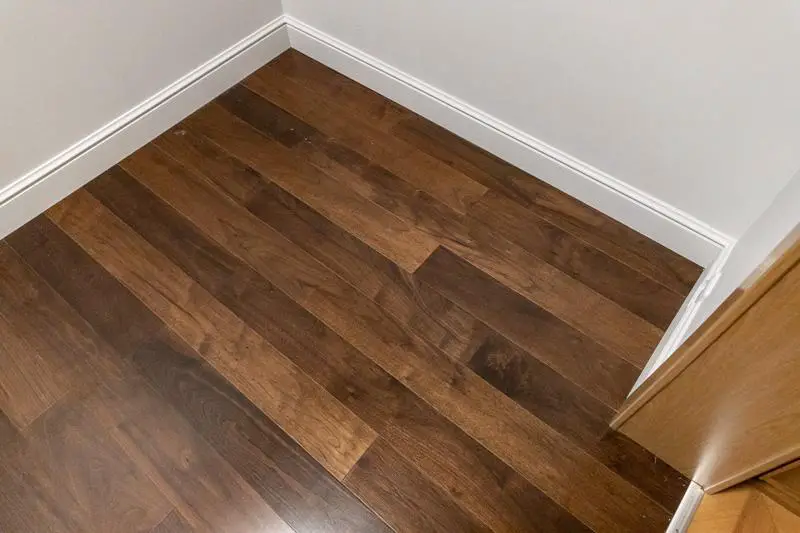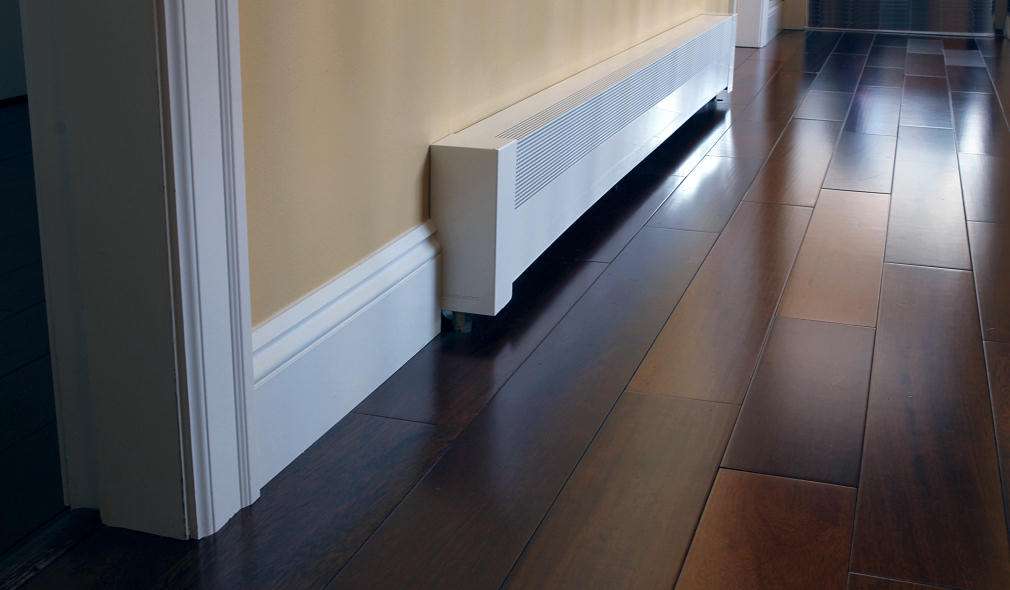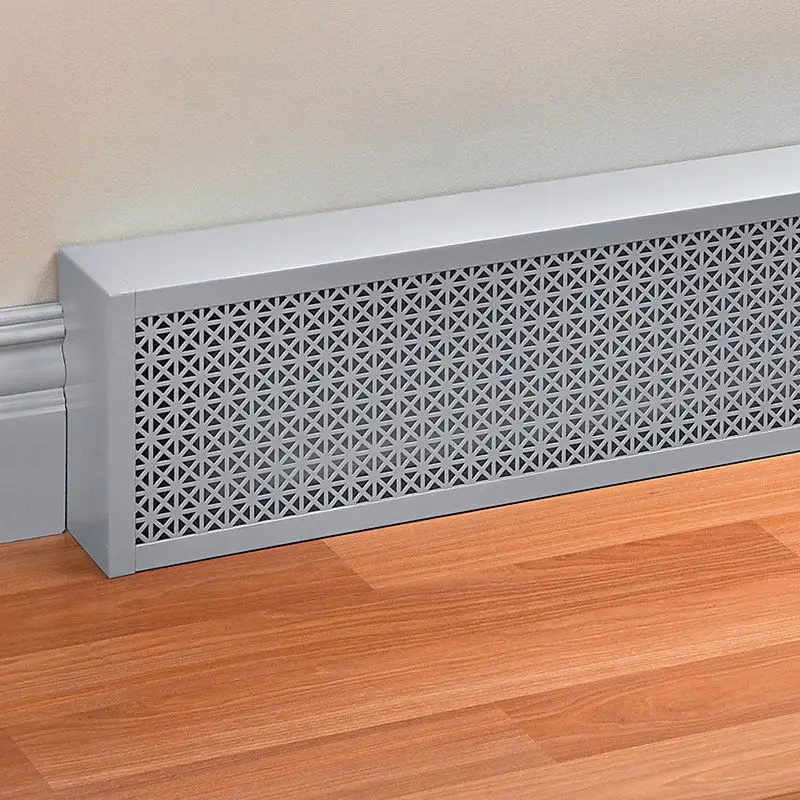what is coping baseboard
Introduction
what is coping baseboard: Coping baseboard is a technique used in carpentry to create a seamless and professional-looking joint between two pieces of baseboard molding. This method involves cutting one piece of baseboard to fit snugly against the other, resulting in a clean and polished finish. Coping paint baseboard is commonly used when installing baseboard molding around corners or uneven walls, as it allows for a precise fit that eliminates gaps and uneven edges.
When installing baseboard molding, it is common for corners and walls to be uneven, making it difficult to achieve a seamless joint. This is where coping baseboard comes in. Instead of simply mitering the corners, which involves cutting the ends of the baseboard at a 45-degree angle, coping baseboard involves cutting the profile of one piece of baseboard to fit perfectly against the profile of the other. This creates a tight joint that eliminates gaps and creates a professional-looking finish.
The process of coping baseboard involves using a coping saw to carefully cut along the profile of the baseboard, following the contours of the design. This requires a steady hand and precision, as any mistakes can result in an ill-fitting joint. Once the coping cut is complete, the baseboard can be installed, with the coped end fitting snugly against the adjacent piece. The result is a seamless joint that appears as though the baseboard is one continuous piece.

What is the difference between miter and coping baseboard?
Joints that have been copied can only move in corners. Every corner can be in or out of the mitered joint. Using miter and coping, put up borders. There is a big difference between clean and smooth corners.
To miter, you cut two handrails in half at a 45-degree angle and join them together to make a corner. This makes a clean, straight corner where the old and new baseboards meet. Most of the time, corners of right-angle edges are mitered.
Getting by means of cutting one baseboard to fit the other. A smooth joint that follows the shape of the floor makes the room look more professional. Mitering is great because it is easy to do. DIYers like mitered corners because they are simple to cut and put together. Walls that aren’t straight can make mitered corners have holes and open joints. You may lose some of your expertise.
What is the best tool for coping baseboards?
A coping saw blade with 15 teeth works best for most jobs, especially when cutting simple chair rails and floorboards. But you’ll need at least 18 teeth to make the precise cuts that crown shaping needs.
If you want to cope baseboards, having the right tool is very important. This method makes a finish that looks smooth and expert. There are several tools that can be used to cope borders, but one stands out as the best choice.
A coping saw is the best tool for coping borders. A coping saw is a small, hand-held saw with a thin, bendable blade that is great for cutting things with lots of small parts. It’s easy to move the blade around curves and tight corners, which lets you make exact cuts.
One more benefit of using a coping saw is that it is cheap. Power tools can also be scary for people who are new to using them or don’t know how to do it. A coping saw is the best tool for cutting the corners off of baseboards. I A coping saw is an important tool for any builder, no matter how experienced they are.
What is the purpose of coping mechanism?
Coping mechanisms are behaviors that aim to avoid stress or unpleasant emotions. These behaviors can be positive (adaptive) or negative (maladaptive).
A coping mechanism is a psychological strategy or behavior that individuals use to deal with stress, adversity, or challenging situations. It serves the purpose of helping individuals manage their emotions, reduce anxiety, and maintain their overall well-being. Coping mechanisms can vary from person to person and can be both healthy and unhealthy.
When faced with stress or adversity, individuals may feel overwhelmed and out of control. Coping mechanisms also serve the purpose of reducing anxiety and preventing the development of mental health issues.
Coping mechanisms play a crucial role in maintaining overall well-being. When individuals are faced with challenging situations, their well-being can be significantly impacted. By utilizing healthy coping mechanisms, individuals can effectively navigate through challenging situations and maintain their mental and emotional well-being.
Why use a coping saw?
One of the main reasons to use a coping saw is its ability to make precise and detailed cuts. The thin blade of the saw allows for intricate cuts that are difficult to achieve with other types of saws. This makes the coping saw an ideal tool for tasks such as cutting intricate patterns, making curved cuts, and creating detailed joinery.
Another advantage of using a coping saw is its versatility. The coping saw can be used to cut a wide range of materials, including wood, plastic, and metal. This makes it a useful tool for a variety of projects, from woodworking to model making to jewelry making.
In addition to its versatility, the coping saw is also a portable and easy-to-use tool. Its small size and lightweight design make it easy to carry and maneuver, even in tight spaces. Overall, the coping saw is a valuable tool for anyone involved in woodworking or other crafts.
How do you use baseboard moulding?
Start at an inside corner. Hold the first board against the wall, level it, then temporarily tack it in place. By covering the joint, baseboard moulding helps to hide any imperfections or gaps that may exist. It also provides a barrier that prevents dust, dirt, and debris from accumulating in the gap, making it easier to clean and maintain the space.
To use baseboard moulding, start by measuring the length of the wall where you plan to install it. Cut the moulding to the appropriate length using a saw, making sure to account for any corners or angles. Use a level to ensure that the moulding is straight and adjust as necessary.
Once the moulding is in place, use finishing nails to secure it to the wall. Finally, fill any nail holes or gaps with wood filler and sand the surface smooth. Finish by painting or staining the moulding to match the rest of the room.
The purpose of coping baseboard is to create a seamless and professional-looking finish when installing baseboard trim. Coping involves cutting the end of one baseboard at an angle to fit perfectly against the profile of the adjacent baseboard.
How is coping baseboard different from other types of baseboard installation?
This difference in technique allows coping to create a tighter and more seamless joint compared to mitering. Coping baseboard also provides better resistance against movement and shifting, as the coped joint allows for expansion and contraction without compromising the overall appearance of the trim.
What are the advantages of using coping baseboard?
Using coping baseboard offers several advantages. Firstly, it allows for a more professional and finished look compared to other installation methods. The coped joint creates a seamless transition between baseboards, eliminating unsightly gaps or misaligned corners.
Secondly, coping baseboard provides better durability and stability. The coped joint allows for natural movement and expansion of the baseboard, reducing the risk of cracks or separation over time. This ensures a longer lifespan for the baseboard trim and minimizes the need for repairs or replacements.
Lastly, coping baseboard is particularly useful when dealing with uneven walls or corners. By coping the baseboard, you can easily accommodate any irregularities in the wall surface.
How is coping baseboard different from other types of baseboard installation?
The “coping baseboard” method is a unique way to put down baseboard that is not like any other method. In coping baseboard installations, the end of one piece of baseboard is cut to fit neatly over the shape of the next piece. This is different from butt joint or mitered corner installations. There are no cracks or nails that can be seen in this joint because it is made this way.
Why is coping baseboard different from other ways to put up baseboard? But for coping baseboard, you need to use a more complicated and correct way. It makes the joint tighter and smoother by cutting the end of one piece to fit the profile of the piece next to it. This makes the room look better overall.
What are the advantages of using coping baseboard?
Coping baseboard is better than other types of baseboard installation in a number of ways. For starters, it gives the corners of a room a smooth, expert look. Mitered corners can leave holes or joints that aren’t level, but coping baseboard makes a tight, precise fit. These things not only make the room look better, but they also give it a bit of class and elegance.
Another good thing about coping baseboard is that it lasts a long time. For another thing, installing coping baseboard is easier than other ways. It takes some practice and skill, but it gets rid of the need for complicated miter cuts and accurate angle measures. This makes it a better choice for people who like to do things themselves or who live in their own homes and may not have a lot of experience with building.
Yes, you need to use certain tools and methods to put coping baseboard. A coping saw, which is a small saw with fine teeth made for making complicated cuts, is the most important tool you will need. This saw lets you make the coped joint, which is an important part of installing coping baseboards. To make straight cuts on the baseboard, you will also need a miter saw or a miter box.

Conclusion
Coping baseboard is a technique used in carpentry to create a seamless and professional-looking joint between two pieces of baseboard molding. It involves cutting one piece of molding to fit snugly against the other, creating a clean and polished finish. This technique is commonly used when installing baseboard molding around corners or uneven walls, as it allows for a precise fit and eliminates any gaps or inconsistencies.
One of the main advantages of coping baseboard is its ability to create a seamless joint between two pieces of molding. Unlike mitering, which involves cutting the ends of the molding at an angle, coping allows for a more precise fit. This is especially important when dealing with corners or uneven walls, as it ensures that the baseboard molding follows the contours of the room and creates a smooth transition between sections.
Another benefit of coping baseboard is its aesthetic appeal. The technique creates a clean and polished finish that adds a touch of elegance to any room. By eliminating gaps and inconsistencies, coping baseboard gives the impression of a professional installation and enhances the overall appearance of the space. It also allows for more flexibility in design, as it can be used to create intricate patterns or decorative elements with the baseboard molding.








